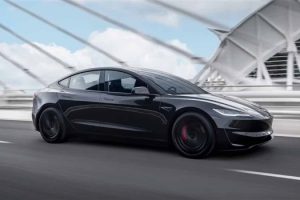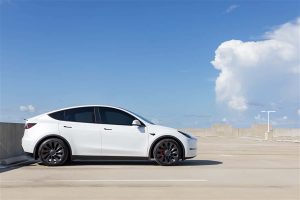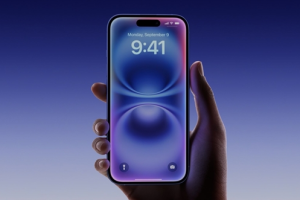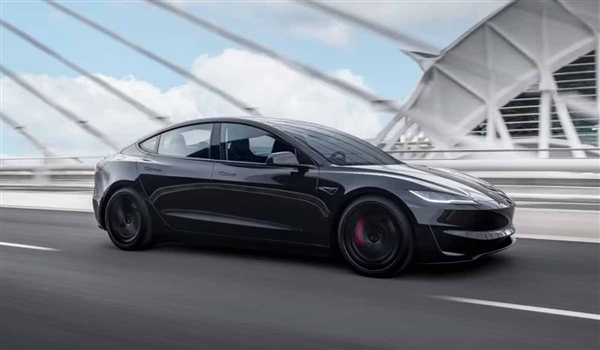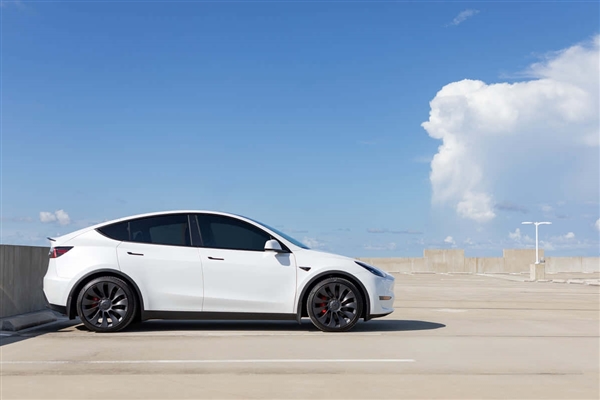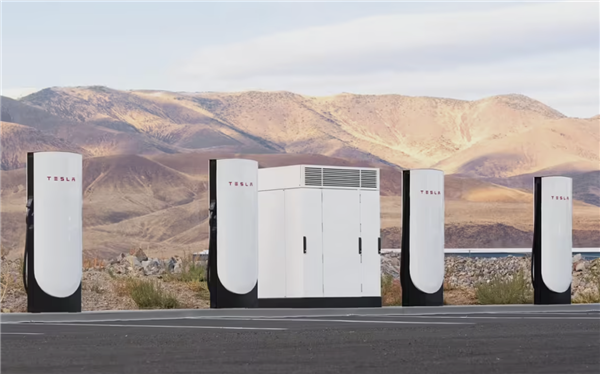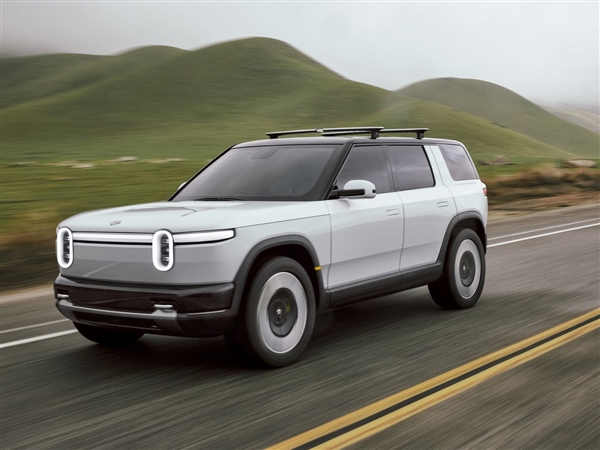August 05, 2024 – Toyota Motor Corporation has recently been embroiled in a class-action lawsuit in the United States, accused of anti-competitive practices that have monopolized the hydrogen fuel cell vehicle market in California. The alleged actions have led to skyrocketing hydrogen fueling costs for consumers and wasted millions of dollars in taxpayer funds invested in the construction of hydrogen fueling stations.
The lawsuit, initiated by a group of California taxpayers, centers around a clean energy hydrogen fueling station built in 2010 using government grants by California State University, Los Angeles. The plaintiffs allege that Toyota imposed stringent standards after the station’s construction, effectively preventing its operation even though it met all other state government regulations.
According to the plaintiffs’ legal team, Toyota abused its influence to remove the fueling station from the “Hydrogen Fuel Cell Partnership” website, a quasi-governmental organization reportedly controlled by Toyota. This action blocked public access to the station, stifling competition and resulting in a waste of taxpayer funds.

The lawsuit further claims that Toyota’s opposition to the station stemmed primarily from the university’s use of water, rather than fossil fuels, to produce clean hydrogen. This approach clashes with Toyota’s preference for hydrogen produced from fossil fuels.
Notably, this is not the first time Toyota has faced such litigation. Reports emerged last month that owners of the hydrogen fuel cell vehicle, Mirai, have sued the company for misleading advertising. The plaintiffs pointed out issues such as the inadequate number of hydrogen fueling stations and the soaring cost of hydrogen fuel, which has risen by 200% in the past few years. As a result, the $15,000 hydrogen fuel card provided by Toyota is far from sufficient to cover the promised five years of free fuel.
Mirai owners have also expressed dissatisfaction with the unrealistic advertised driving range of 357 miles for the Mirai Limited and 402 miles for the XLE model. They report that the actual range is often 100 miles less, significantly limiting the vehicle’s usability. Consequently, these factors have contributed to a steep decline in the Mirai’s value, which is reported to be only 19% of its original price after five years. Earlier this year, Toyota offered a 40,000discountonthe67,000 Mirai, bringing its price closer to that of a Corolla.


